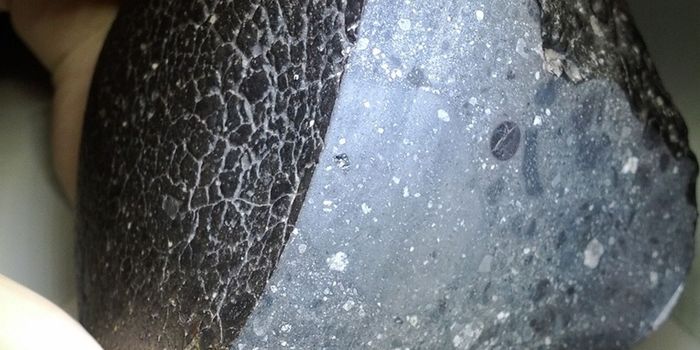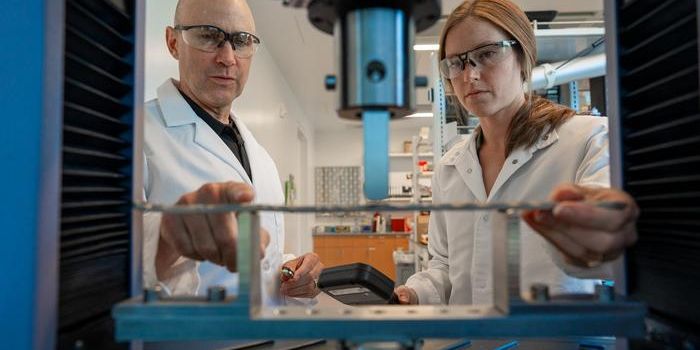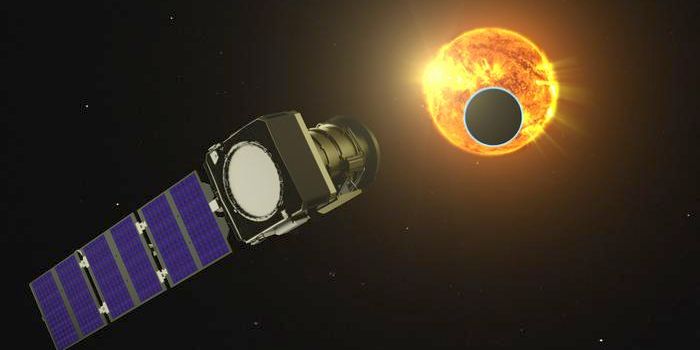Solar-Powered Robots That Could Clean Up Oil Spills
Oil spills at sea can be a devastating consequence of offshore drilling for fossil fuels. They can affect local plants and animals, and wreak havoc in ecosystems. Oil spills range in size, some small, some large, like the Exxon Valdez Oil Spill and the Deepwater Horizon spill. As a result of numerous oil spills, the National Oceanic and Atmospheric Association estimates that there have been about 44 spills of more than 420,000 gallons of oil since 1969.
And these spills continue to happen in the ocean. As a result, numerous clean up methods exist, including the use of oil booms to contain the spills (if the affected area hasn’t gotten too big) and skimmers to try “skimming” oil off the water’s surface. The problem, however, is that these methods require significant amounts of hands-on labor.
A new solar powered robot prototype may, in the future, reduce the need for human labor and be able to clean oil spills in more remote areas.
Described in a recent paper in Science Robotics, researchers have developed solar-powered bots (called Neusbots, in reference to neuston organisms that float on water) that are designed to float on top of ocean water and reach more remote ocean areas. Hydrophobic and designed with a high degree of tolerance to salt, the bots can survive for long stretches of time in the open ocean. Neusbots are specifically designed with a high degree of controllability powered by mechanical oscillation: “There aren’t many methods to achieve this controllable movement using light. We solved the problem with a tri-layer film that behaves like a steam engine,” Zhiwei Li explained.
The steam engine metaphor indicates that the Neusbots are powered very similarly to early train engines, only with light as the source of their energy. The bots convert sunlight into heat that causes water to turn to vapor, creating the energy that the bots need to move. So, the light powers the bots, and water provides them the fuel to move.
In addition to improving the bot’s precise mobility, researchers also plan to test the bot with additional material that could help it soak up oil from recent spills.
Sources: Eureka Alert!; NOAA; Science Robotics








